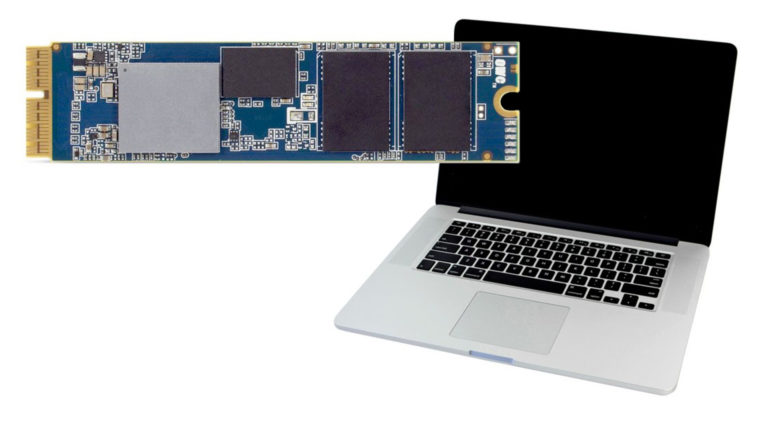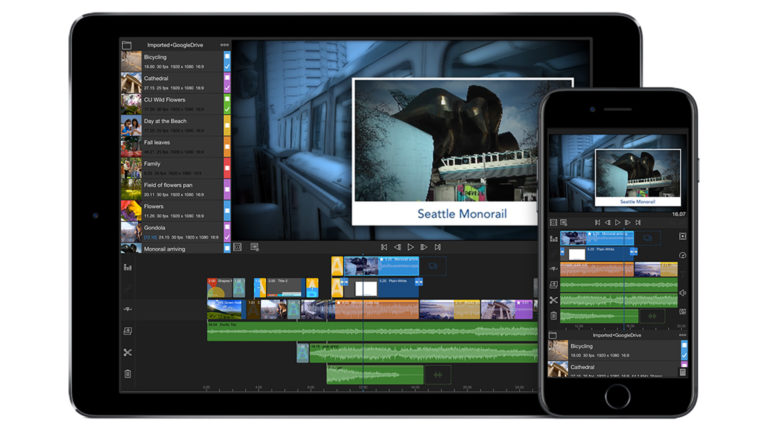Over the last couple of summers I have taken action cameras on my summer vacations to visit the in-laws in Israel. Israel seems to be a great place to test them, as you do lots of active things: run around in caves, swim in the Mediterranean Sea and Red Sea, float in the Dead Sea, climb mountains and off-road in the desert. One year I even went paragliding. This year provided ample activities.
The cameras I took this year were the GoPro Hero 7 Black and the Ricca from FeiyuTech, a company that has become known for its gimbals. (I have the G5, meant for the action-cam form factor, and will be reviewing their AK-4000 heavy duty gimbal shortly.) With the Hero 8 just out, I will review only the Ricca, but will compare it to the Hero 7 in certain areas as a baseline.
The Ricca was a completely new animal to me. It is sleek and shiny — a good-looking camera. Its chrome and black styling makes it the Cadillac of action cams. One thing about the Ricca that may confuse you is its top-panel button controls. The silver one is power, the red one is record. However, every time I hit the power button the camera went into record mode. On the GoPro 5 and up, there is a quick record function where you hit the record button when the unit is off and it goes into record after two sec, but this is the power button on the Ricca. This may have been an anomaly (see below).

FeiryuTech Ricca Action Camera: Everything in the box.
Marc Franklin
The menu set-up for the Ricca is fairly straightforward, although a bit goofy in function. The designers tried to give it a more modern look. Instead of a simple swipe up or down, left or right, it requires a circular motion that makes things a bit tougher to navigate. If you want to try to switch resolutions or frame rates or set the date, this could take you longer, especially if you have large fingers.
Once you get things set up in the menu and you’re ready to go, you press the power button and, apparently, you are recording (or so I thought). The record button is like a hair trigger on a gun. Several times I went to use the Ricca and the battery was drained and or the card was full. Originally I thought it was a bad battery, but when I saw the card was full of black video, I realized that the button must have pushed against something in my camera bag. It even happened while I was charging it on the center console of our car. The slightest bump set it into record, and we had the oddest angle of my wife and I driving for an hour.

FeiyuTech Ricca rear view
FeiyuTech
The images from the Ricca, however, were very good. I was impressed with the camera’s outdoor and indoor performance. I had used the Ricca as a B-roll camera to capture audience shots at a lecture and comedy show. The lecture footage was pretty good. The room was lit through windows, and the footage was very good even though the room was not super bright. Later in the day I used the Ricca to shoot the audience at a darker comedy club. I was very impressed with the performance of the battery, which lasted the entire nearly two-hour show. Previously I used a GoPro 6 to do the same thing and it lasted only about an hour.
The Ricca was hot to the touch after the show, though — really hot! More unfortunately, when I checked the footage, it was full of white spots. That’s a camera owner’s worst nightmare: dead pixel clusters. And a lot of them! The last time I had to deal with that phenomenon was about 15 years ago, when my Panasonic AG-DVC200 was constantly in the shop for dead pixels. I reported this to FeiyuTech, and they sent me a replacement camera a few days later.
The replacement Ricca was much better than the first — at first. Aside from no apparent dead pixels, merely brushing against the power button no longer sent the camera into record mode. I tested it by putting it in my small camera backpack with my Canon XA40 and its accessories. After two weeks of bouncing around, there were no drained batteries or accidental recordings. It would seem that the first camera had more defective than just the CMOS.
For the next test, I used the Ricca as a dash cam, recording the one-hour commute I take to pick up my kid’s school carpool. When I took the camera off my windshield at the school, the Ricca was too hot to touch. I don’t know how hot, but its metal body was too hot to hold with bare hands. When I got home and checked the 1080 60p footage, it looked gorgeous on the new HP 27-inch DreamColor display we are testing.
That evening, I decided to try out the Ricca’s “six-axis image stabilization.” I was beyond impressed with the stabilization built into the GoPro Hero 7 Black. You practically don’t need a gimbal for 2.7K and below. It really is that good, so the Ricca has a lot to live up to. Unfortunately, some of the Ricca’s features are only available through a menu in the Ricca mobile app. I tried for a long time to get the app to work, but I couldn’t. It would install, but wouldn’t let me set up an account to sign in.

The Ricca mounted on a GoPro floating hand grip
Marc Franklin
I decided to take the Ricca for a pre-sunset walk. Since I couldn’t activate the internal stabilization, I wanted to try it on FeiyuTech’s really nice G5 gimbal, which I first found at NAB 2017 and have used with GoPro and Yi cameras over the last three years. Much to my surprise, the Ricca won’t fit on their G5 gimbal. The company told me you need their G6 gimbal for the Ricca. While I’m sure I could have gotten the G5 to hold the Ricca by MacGyvering it with cable ties or rubber bands, I decided against it, and just put it on a GoPro floating hand grip and went for a short walk.
When I got back, I put the footage in the HP Z8 G4 workstation for a look. Much to my disappointment, they were back — lots of dead pixel clusters! Once is forgivable, but twice says there are issues with this little camera that need to be addressed right away.
WATCH IN FULL-SCREEN MODE: Those grey and red specks in the middle-bottom of the image look like dust on the camera lens, but they are stuck, or “dead” pixels.
I may not be an engineer, but my father was an aerospace engineer with a specialty in failure analysis. He worked on designing everything from chip-level components to rocket engines and was working on re-purposing the Space Shuttles’ main boosters to be used to get astronauts to the moon when he passed away in 2006. One thing I picked up from him as we worked on various projects, building computers or working on other electronics, was that cooling is essential. Overheating chips, such as a camera’s CMOS sensor, could cause them to malfunction or fail. I think that may be FeiyuTech’s problem.
The Ricca may look fine in a few minutes of quality-control testing at the factory, where the CMOS doesn’t have a chance to cook. But it’s possible that the continuous heat build up from a multi-hour test causes damage. According to FeiyuTech’s marketing, these are Sony IMX377 Exmor CMOS chips. I wonder if these are “first quality” sensors meant for video production or “seconds,” which are chips that don’t meet quality standards for video and cinema production but are sold for use in devices with less demanding specs, like security cameras and toys, so the manufacturers don’t lose money on a “bad wafer.” Aerospace component testers use special ovens to “bake” components, then see if they still work as intended. If heat is the issue, FeiyuTech should redesign the Ricca for better cooling. If not, I would suggest they find another source for their CMOS sensors. Either way, until the problem is addressed, I can’t recommend the Ricca action cam.










